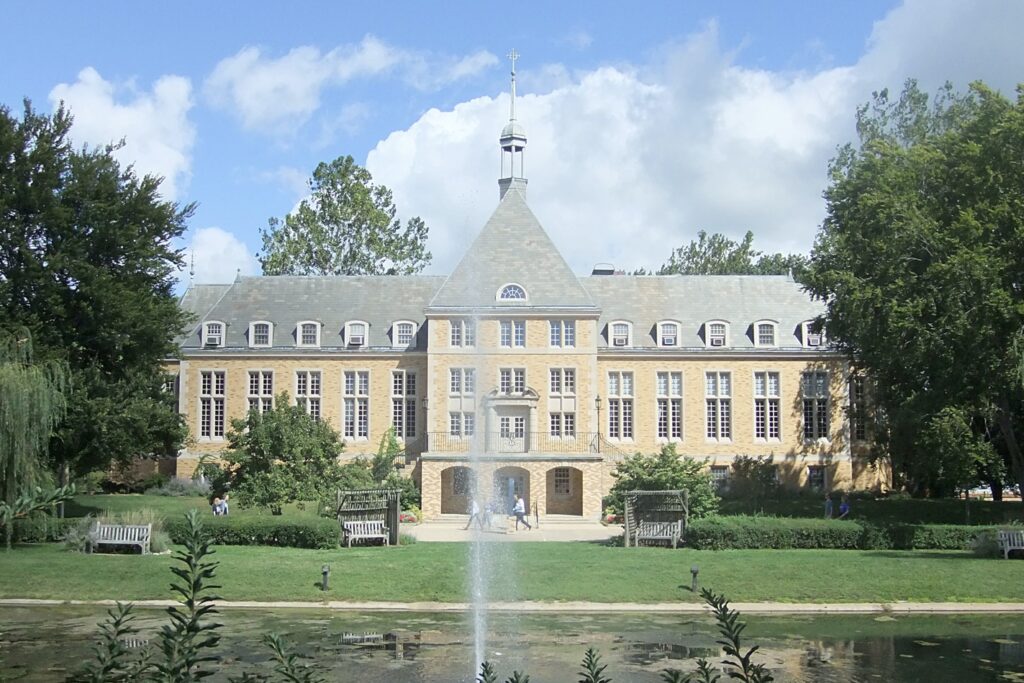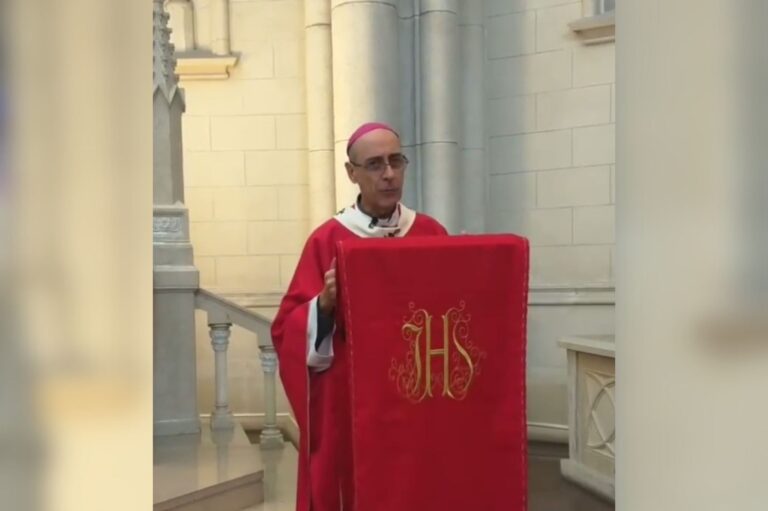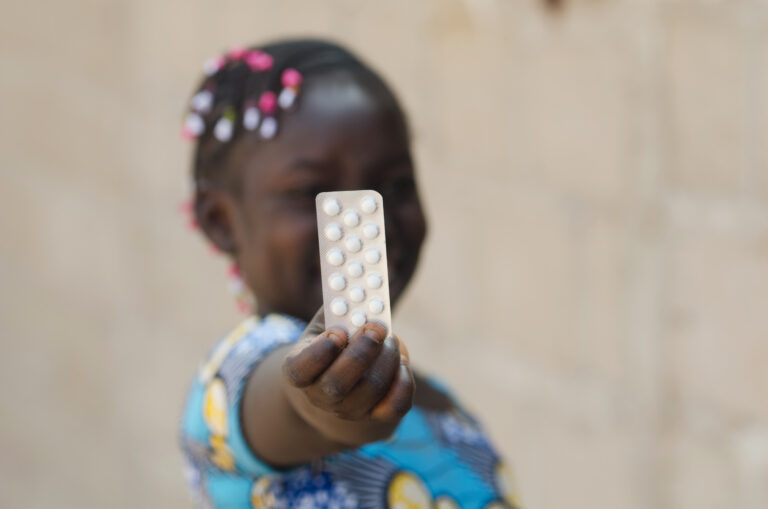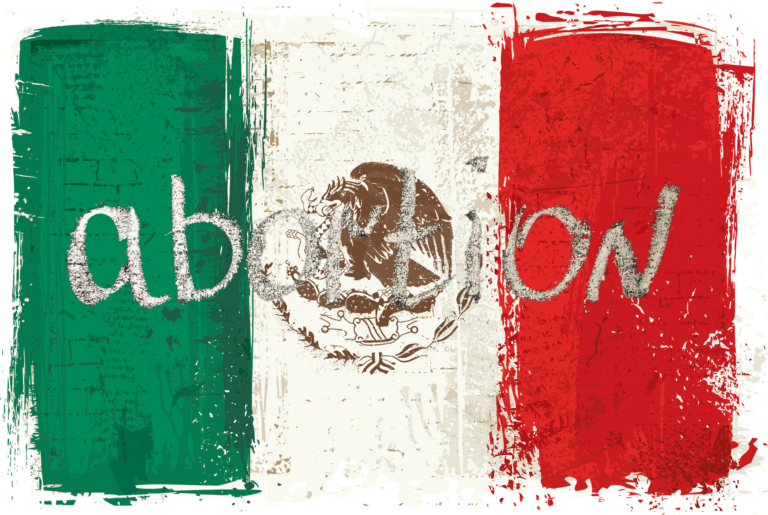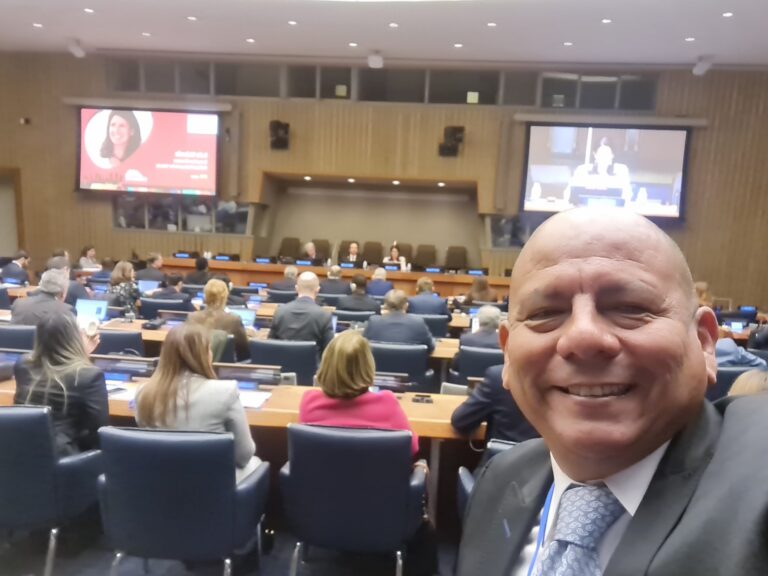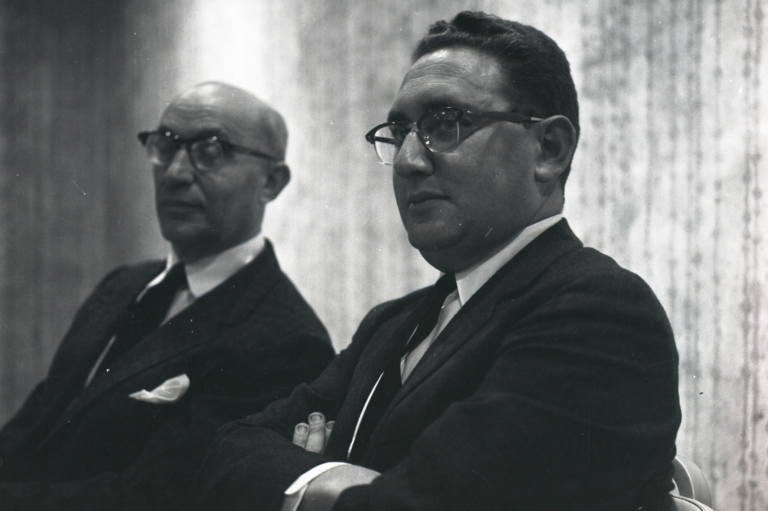On November 21, 2023, Katie Conboy, President of Saint Mary’s College in Indiana, informed the campus community that the school would be boarding the trannie train. It would now consider admission, she said, not only for undergraduate applicants “whose sex is female,” but also for those “who consistently live and identify as women.”
“We are by no means the first Catholic women’s college to adopt a policy with this scope,” Conboy wrote, according to The Observer, the student newspaper. “In drafting the language for this update, I have relied on the guidance of the Executive Team and others to ensure that our message is not only in line with best practices for today’s college students, but that it also encompasses our commitment to operate as a Catholic women’s college.”
Bishop Kevin Rhoades, Bishop of the Diocese of Fort Wayne-South Bend, was not convinced. Less than a week later, on November 27, the bishop addressed the policy change in a statement that spelled out — for the theologically challenged Conboy — the purpose of a Catholic college and the role of the bishop in preserving the institution’s Catholic character.
“It is disappointing that I, as bishop of the diocese in which Saint Mary’s College is located, was not included or consulted on a matter of important Catholic teaching,” he wrote. “Bishops have a particular responsibility to ‘promote and assist in the preservation and strengthening’ of the Catholic identity of the Catholic colleges and universities in their dioceses (cf. Ex corde Ecclesiae #28).”
Bishop Rhoades went on to articulate the character of that “Catholic identity,” outlining the responsibility of Saint Mary’s to uphold the teachings of the Church.
“One of the four essential characteristics of a Catholic college or university is ‘fidelity to the Christian message as it comes to us through the Church” (Ex corde Ecclesiae 13). This institutional fidelity includes “a recognition of and adherence to the teaching authority of the Church in matters of faith and morals’ (Ex corde Ecclesiae 27).”
Then he issued his de facto anathema: “In this new admissions policy, Saint Mary’s departs from fundamental Catholic teaching on the nature of woman and thus compromises its very identity as a Catholic woman’s college. …To call itself a ‘women’s college’ and to admit male students who ‘consistently live and identify as women’ suggests that the college affirms an ideology of gender that separates sex from gender and claims that sexual identity is based on the subjective experience of the individual. This ideology is at odds with Catholic teaching.”
Bishop Rhoades then cites the words of Pope Francis:
“In his apostolic exhortation Amoris Laetitia, Pope Francis wrote: ‘It needs to be emphasized that ‘biological sex and the socio-cultural role of sex (gender) can be distinguished but not separated.’… It is one thing to be understanding of human weakness and the complexities of life, and another to accept ideologies that attempt to sunder what are inseparable aspects of reality. Let us not fall into the sin of trying to replace the Creator. We are creatures, and not omnipotent. Creation is prior to us and must be received as a gift.’” (#56).
“The desire of Saint Mary’s College to show hospitality to people who identify as transgender is not the problem,” the bishop concluded. “The problem is a Catholic woman’s college embracing a definition of woman that is not Catholic.”
It took a full month for the Board of Trustees to reconsider its rash action in light of Church teaching. Finally, on December 21st, Dr. Conboy and Board Chairman Maureen Karnatz Smith announced the college was returning to its earlier admission’s policy. Their self-pitying statement does not mention Catholic teaching at all, but complains that they were just trying to be loving, just, and inclusive:
“When the Board approved this update, we viewed it as a reflection of our College’s commitment to live our Catholic values as a loving and just community,” they wrote. “We believed it affirmed our identity as an inclusive, Catholic, women’s college. It is increasingly clear, however, that the position we took is not shared by all members of our community.”
That’s putting it mildly. The November announcement caused a tsunami of protests. The Saint Mary’s community comprises a tight-knit and vibrant band not only of alumnae and supporters, but of Sisters of the Holy Cross, the community that founded the college in 1844, two years after priests of the Holy Cross founded the University of Notre Dame across the street.
Notre Dame famously declared its independence from the Catholic Church in 1967, counting on the tens of millions a year in taxpayer funding and millions more from their “Fighting Irish” sports franchises to insulate them from alumni anger.
Saint Mary’s has no such “safety net” to protect it from the outrage of students, parents, and supporters. Perhaps the prospect of seeing chemically or anatomically-altered males crowding out the women on the college’s eight varsity athletic teams was just too much. Or perhaps it was the thought of unaltered males showering with their daughters.
This return to sanity did not please everyone. Father Daniel P. Horan, O.F.M., director of the school’s Center for the Study of Spirituality and professor of philosophy and theology, told the National Catholic Reporter “I believe that this reversal … goes against our identity as a Catholic women’s college.”
Of course, Father Horan is apparently confused about what a “woman” is, since he recently posted on X/Twitter that “Trans women are women, trans men are men, nonbinary people are people. Just because it’s new or confusing to you doesn’t make it untrue or wrong or sinful or anything other than reality. Instead of denying the existence and experience of others, perhaps you might try learning.”
So, for Father Horan, “reality” can be whatever we pretend it to be.
While Dr. Conboy insists that, despite the reversal of her earlier decision, Saint Mary’s college is “profoundly informed by our journey towards equity, inclusion, and justice,” she does not refer to the statement of Bishop Rhoades at all.
Perhaps she doesn’t have to. She undoubtedly painfully aware that Canon law gives the Diocesan Ordinary, not the university, the right and the duty to bestow and to remove the name “Catholic” from any institution or endeavor in his diocese (c. 216). There is recent precedent. In 2009, Arlington Bishop Paul Loverde announced “that Notre Dame Academy was no longer a “Roman Catholic organization” functioning “in accordance with the traditions and teachings of the Roman Catholic Church.”
The academy, founded in Middleburg, Virginia by the Sisters of Notre Dame in 1965, had changed its charter and was now governed by a lay board of trustees. Bishop Loverde thus announced that “the school will no longer have the Blessed Sacrament reserved in its chapel and the diocese will not be able to guarantee the quality or authenticity of religious or other instruction.”
Bishop Loverde saves the best till last: “I have strongly suggested to [the chairman] that the Board of Trustees consider changing the name of the school. The title ‘Notre Dame’ (‘Our Lady’) is so closely associated with our Catholic faith that continued use of the name would undoubtedly be a cause of confusion to potential students and their families.”
The new board of trustees complied with the bishop’s request, and today the school is known as Middleburg Academy.
It’s time for the entire Catholic college community to contemplate the words of bishops Rhoades and Loverde and restore the truly Catholic character of their institutions.
Or, if not, to stop lying about it for student admissions and financial gain.


